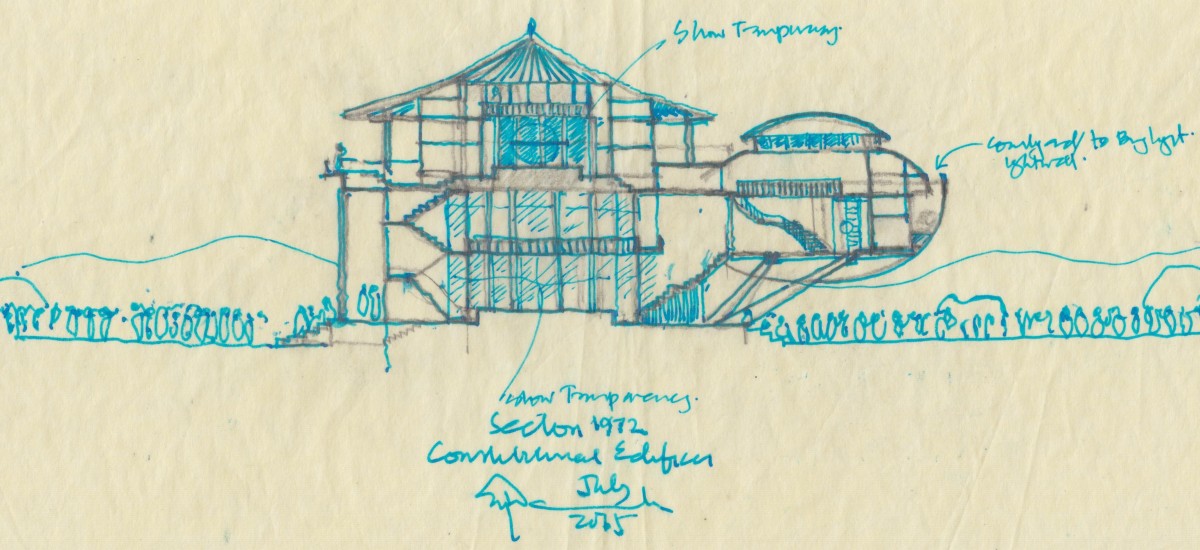“Hope to achieve political settlement through adoption of a new constitution. Don’t judge us by broken promises of past” says Foreign Minister Mangala Samaraweera at UNHRC in Geneva, on 14th September 2015.
The statement in September by Sri Lanka’s Foreign Minister provided a timely frame of reference to appreciate the ‘Corridors of Power’ exhibition. From the security guards at the venue of the exhibition to international constitution building process experts who gathered in Sri Lanka at the time around a workshop on constitutional reform, from students to academics and activists, ‘Corridors of Power’ even before officially opening to the public generated more interest than any project curated by Groundviews and the Centre for Policy Alternatives previously.
Led by the input of Asanga Welikala, in collaboration with Channa Daswatta, ‘Corridors of Power’ through architectural drawings and models, interrogated Sri Lanka’s constitutional evolution since 1972.
The exhibition depicted Sri Lanka’s tryst with constitutional reform and essentially the tension between centre and periphery. The output on display included large format drawings, 3D flyovers, sketches, and models reflecting the power dynamics enshrined in the the 1972 and 1978 constitutions, as well as the 13th, 18th and 19th Amendments.
To our knowledge, nothing along these lines was ever attempted or created before. In addition to the exhibits on display, each day featured a keynote presentation or panel discussion by eminent individuals, around the topic of constitutional reform in general. All the submissions, including the Q&A session, were recorded and are now available online.
Access them as a playlist here, or download each podcast / recording from here.
- Facebook event page
- Lineup of keynote speakers, including those from Government, respondents and panellists
- Note by Curator (Sanjana Hattotuwa)
~
20th September, Framing discourse: Media, Power and Democracy (Panel)
The architecture of the mainstream media, and increasingly, social media (even though distinct divisions between the two are increasingly blurred) to varying degrees reflects or contests the timbre of governance and the nature of government. How can and should media reflect on its complicity in or contestation of cycles of violence? How can ‘acts of journalism’ by citizens revitalise democracy and how can journalism itself be revived to engage more fully with its central role as watchdog? In a global contest around editorial independence stymied by economic interests within media institutions, how can Sri Lanka’s media best ensure it attracts, trains and importantly, retains a calibre of journalists who are able to take on the excesses of power, including the silencing of inconvenient truths by large corporations? Simply put, what is the role of media in securing democracy against its enemies, within the media itself and beyond?

